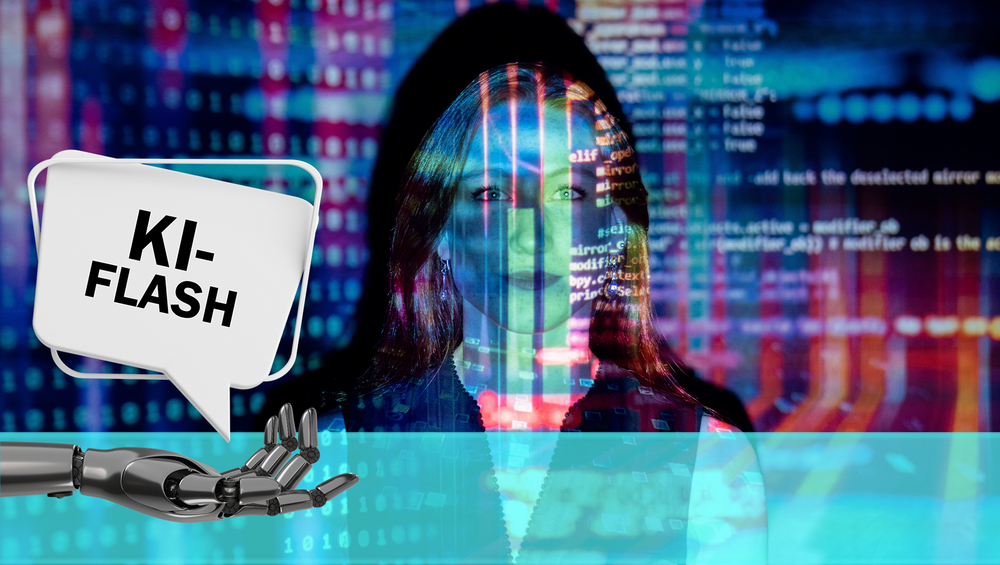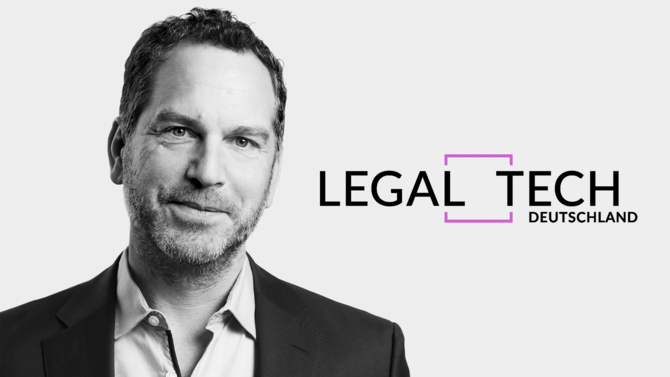Find out today what the legal world will be talking about tomorrow.
29.02.2024
"AI Flash": Regulation of artificial intelligence by the EU - What is an "AI system" under the EU AI Act?

After reporting on the co-determination rights of the works council when using ChatGPT in our last AI Flash, we would like to continue to provide you with legal impulses at regular intervals.
The EU regulation on artificial intelligence ("AI Act") has come a step closer to coming into force. After the EU Parliament and the Council reached a political agreement on an amended version of the AI Act in December 2023, this version was finally unanimously approved by the EU Member States at the beginning of February 2024. In this AI Flash, we look at the definition of "AI system" in the updated version of the AI Act. So what does the AI Act mean by artificial intelligence?
Entry into force and effectiveness of the AI Act
Following the political agreement reached at the beginning of February 2024, the European Parliament and the Council must now formally approve the regulation before it can be published in the Official Journal of the EU. The AI Act will enter into force on the 20th day after publication.
2 years after entry into force, the majority of the provisions of the AI Act will become applicable. However, bans provided for in the AI Act (banned AI systems) are expected to take effect just 6 months after entry into force, while the provisions on general purpose AI models (GPAI) are expected to take effect after 12 months.
What is an AI system under the AI Act?
The term "AI system" was intensively debated during the legislative process. According to the compromise version of the AI Act, Art. 3(1) of the English language version defines an AI system as
„a machine-based system designed to operate with varying levels of autonomy and that may exhibit adaptiveness after deployment and that, for explicit or implicit objectives, infers, from the input it receives, how to generate outputs such as predictions, content, recommendations, or decisions that can influence physical or virtual environments.“
The definition follows a definition by the OECD. The EU hopes that this will lead to greater acceptance and coherence at international level.
According to the definition, a key characteristic that distinguishes "AI systems" from traditional software is that an AI system derives conclusions for the output from the input ("infers, from the input it receives, how to generate outputs"). This is intended to emphasise the ability of AI systems to derive models and/or algorithms from input data. By contrast, the EU wanted to exclude systems that are based on rules that are defined exclusively by natural persons in order to carry out automatic processes from the scope of the AI Act. By definition, the capabilities of AI systems should go beyond basic data processing operations and be understood more as learning, reasoning or modelling.
The definition in the AI Act also assumes that AI systems are "designed to operate with varying levels of autonomy". Accordingly, there must be a certain degree of independence of the system's actions from humans. In other words, the system must be able to operate without human intervention.
The characteristic of "adaptiveness" is intended to express the ability of an AI system to (continue to) learn itself and thus constantly change.
Legal definitions are open to interpretation. This also applies to the definition of "AI systems" in the AI Act. Feel free to contact us. We can help you with the question whether your software qualifies as an AI system in terms of the AI Act and the possible consequences that may arise due to the EU regulation.



![[Translate to English:] [Translate to English:]](https://www.skwschwarz.de/fileadmin/_processed_/c/0/csm_Header_ELLG_4d88ba8ff7.png)
